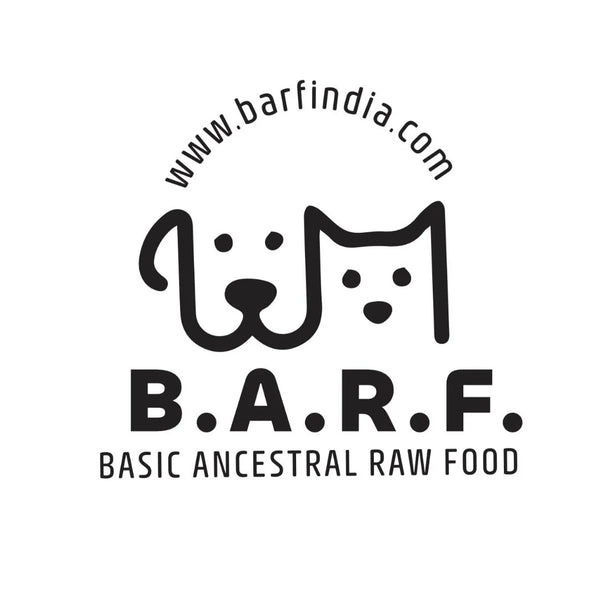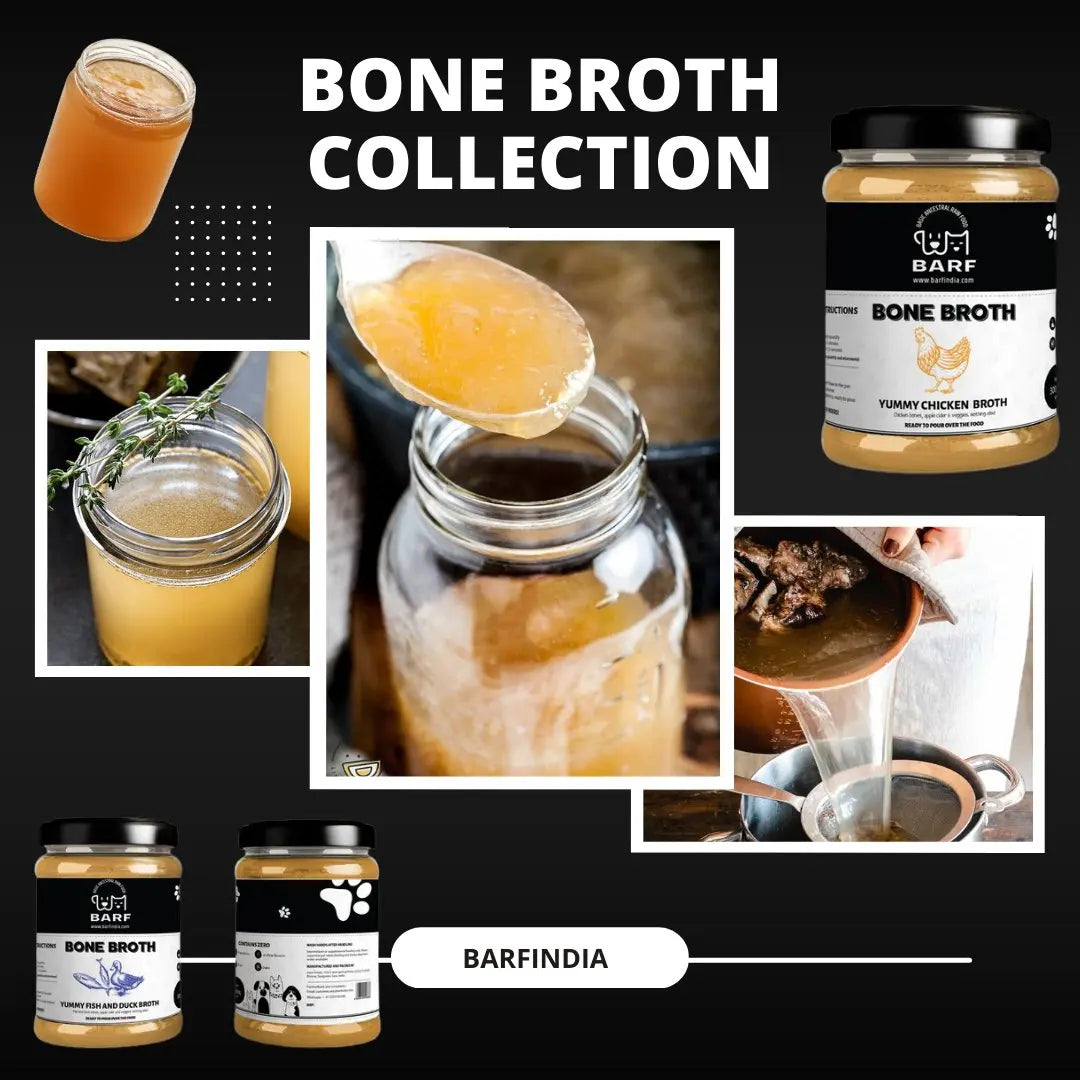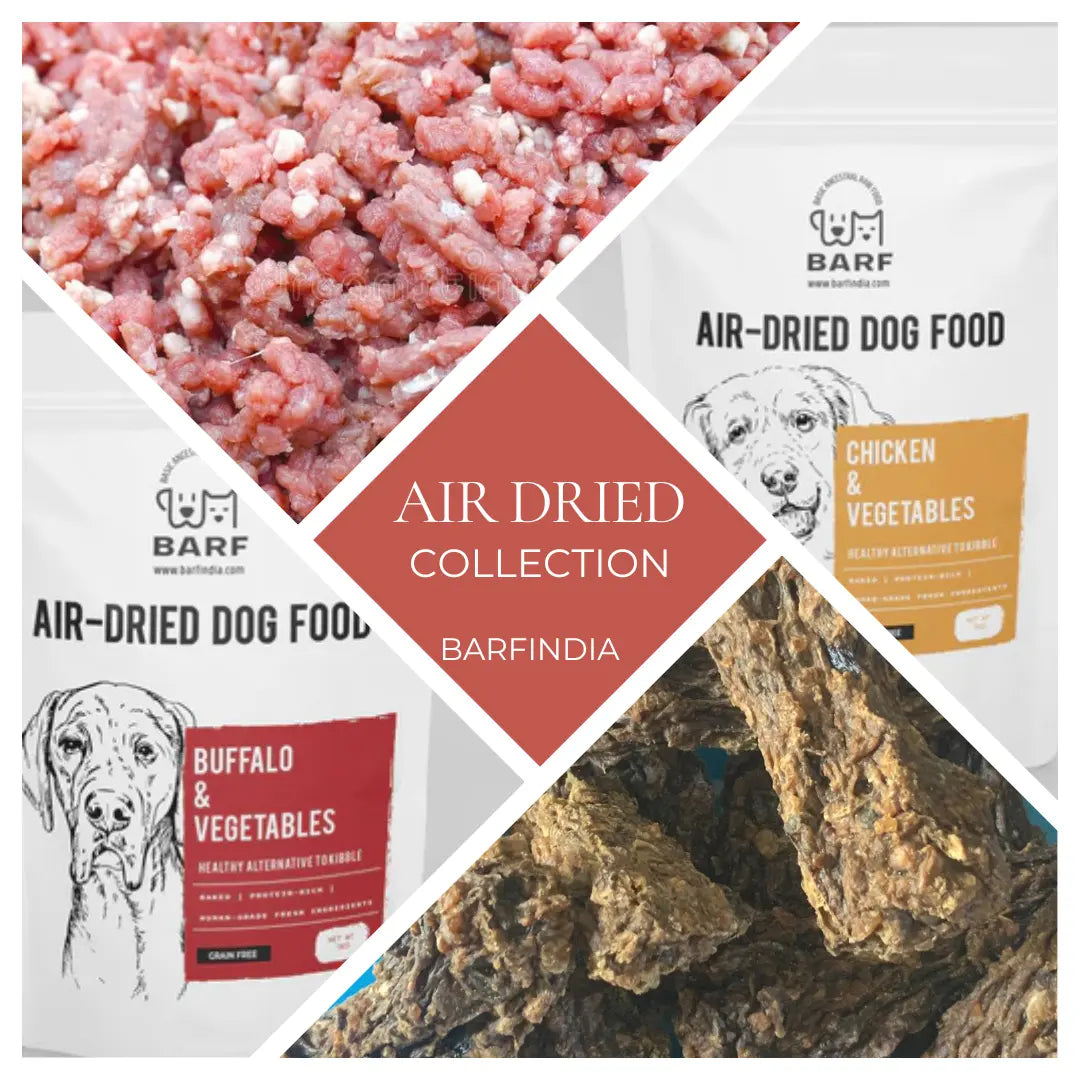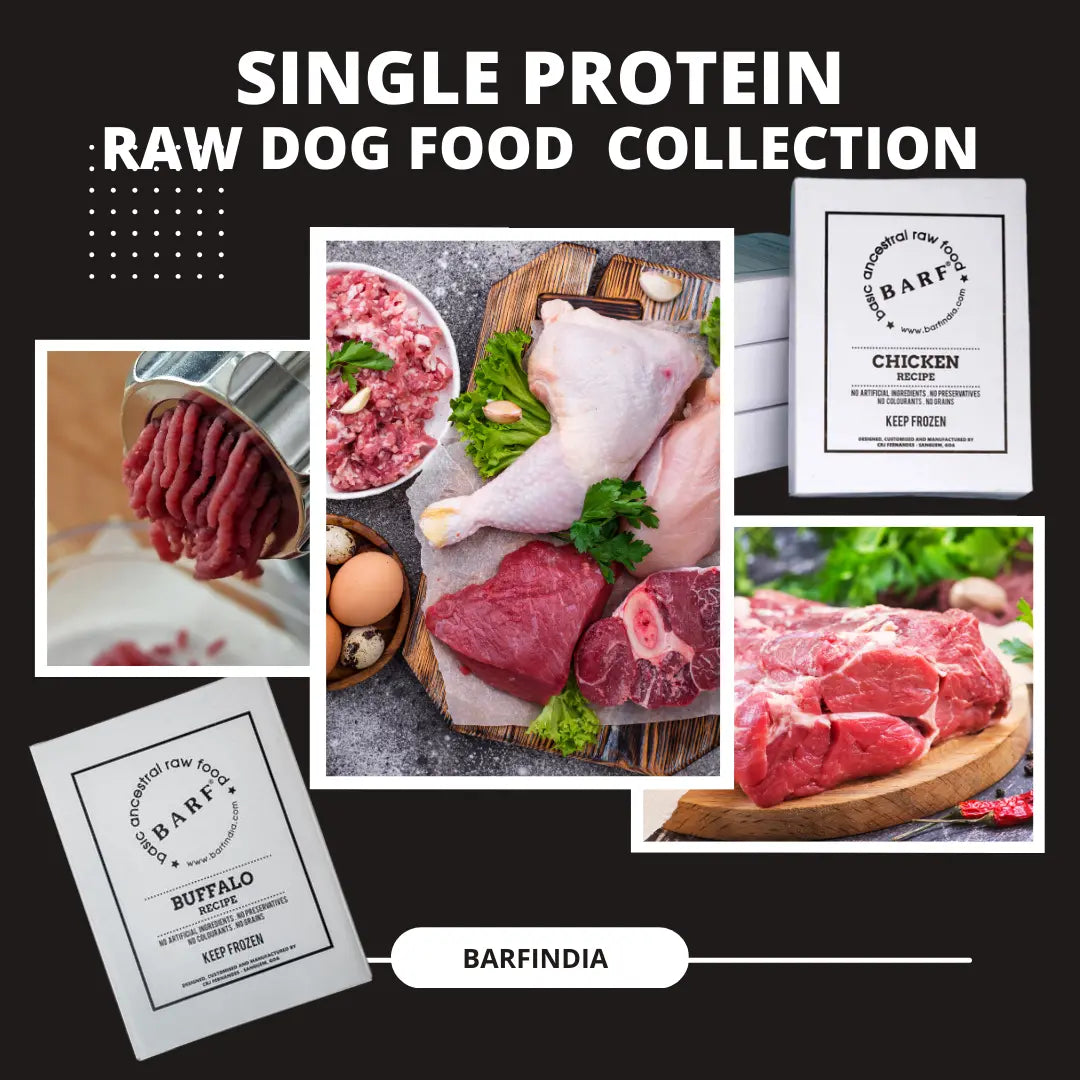
Evolution of lifestyle diseases in dogs
B.A.R.F. India AdministratorLifestyle diseases in dogs:
In today's day and age, dogs are considered as family members. The dog’s transition to becoming a family member is indicated by the subsisting change of their habitat, which has evolved, “from the wild to the cowshed, from the cowshed to being outside the main door of our house, then from being outside of the main door to the living room, from the living room to the bedroom, and from the bedroom to the bed.” It has been quite an evolution in the habitat for the 'dog' of old. In the recent past, there has been a lot of inclination towards dogs' unique capacity to offer an unconditional and non-judgmental affection and support at all times, qualities that most people find endearing. Studies have also suggested that owning a dog can lower one’s risk for adverse health conditions such as cardiovascular disease and depression.
Growth of the commercial dog food industry:
The social reconstruction of companion dogs was taking place, the commercial dog food industry began to grow. By recognizing the strong bond between pet parents and their canine family members, dog food manufacturers were able to successfully alter the feeding habits of an entire generation of dog guardians. Pollan (2008; 2007) writes that diets have been largely shaped by the concept of “nutritionism”–a dietary phenomenon starting in the 1980s that has been perpetuated by nutritional scientists, the food industry, and the media. Nutritionism, he explains, is an “ideology” wherein there is an intense preoccupation with nutrients (e.g. fiber, cholesterol, fats) as opposed to whole foods. He writes, In the case of nutritionism...the key to understanding food is indeed the nutrient. From this basic premise flow several others. Since nutrients, as compared with foods, are invisible and therefore slightly mysterious, it falls to scientists...to explain the hidden reality of food to us. To enter a world in which you dine on unseen nutrients, you need lots of expert help. (Pollan, 2007).
Comparing the Role of nutrition between humans and dogs:
Since nutrition plays such a crucial role in developing dietary patterns / habits of humans the same notion was applied to dogs naturally. In the case of dog nutrition, the pet food manufacturers, and veterinarians played the role of "experts" in canine nutrition. As dogs climbed the human social ladder, the prevention of any nutritional imbalances became more of a priority. And the commercial pet food companies developed diets that prevented any sort of nutritional imbalances in the dogs diet. And thus began the mysterious increase in lifestyle diseases in dogs.
Health issues linked to kibble diets:
Veterinary nutritionist Kymythy Shultze (1997) says that the high volume of grains found in many dog foods may lead to “allergies, ear infections, skin problems, joint problems, malabsorption, and digestive disorders,” and can ultimately compromise the immune system. Also, artificial colors, flavors, preservatives, and other additives used in some commercial dog food can damage a dog’s internal organs, especially the liver (Martin 1997).
I will list out 3 main lifestyle diseases plaguing dogs in India today:
- OBESITY: is the number one problem afflicting about 35% of the pet population in India. A lot of pet parents are ignorant of the fact and assume the same to be a standard. Obesity in dogs leads to diabetes, high blood pressure, arthritis, and decreased life expectancy among a host of other inter-linked diseases.
- PANCREATITIS: means the inflammation of the pancreas. There are several causes of inflammation to the pancreas. Some of them are nutritional factors, such as high levels of fat in the blood (lipemia), high levels of calcium in the blood (hypercalcemia), trauma to the pancreas, and toxins. Low-protein diets have also been shown to predispose dogs to pancreatitis, especially when combined with high fat intake. Some prescription diets may be a concern, such as those prescribed to dissolve struvite bladder stones, to prevent calcium oxalate, urate, or cystine stones, and to treat kidney disease - especially for breeds prone to pancreatitis.
- DIABETES: is the new lifestyle disease afflicting the dogs and which we as pet parents have caused. Eating high glycemic index foods can make your dog to keep feeling hungry. The dog again very shortly after the meal (just like in humans), want to eat again, starting a vicious circle which can cause excessive weight gain, taxing the heart and gallbladder.
Feeding the dogs their basic ancestral diet is the one major way to ease out all these afflictions. Think health, think
!! Be a responsible pet-parent!!!



